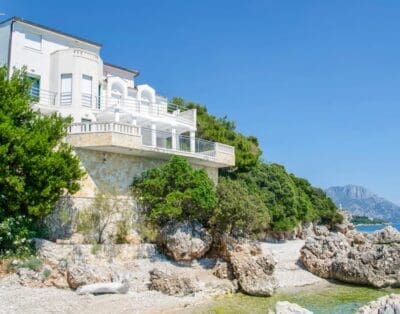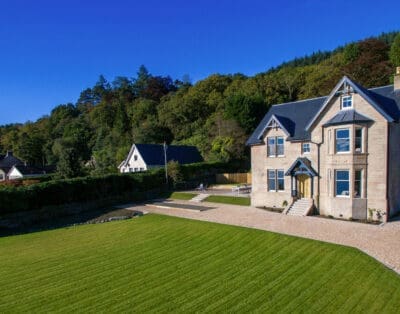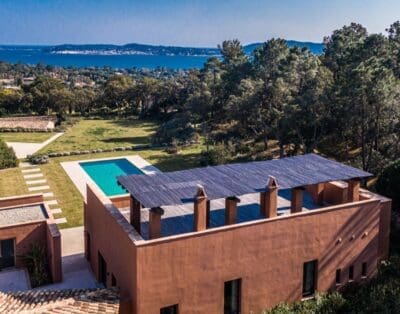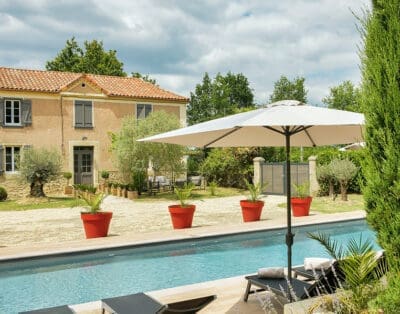Photographic Trekking In Nepal
I was fortunate enough to be asked to join a group trekking in Nepal for nearly a month in May. I was there to try to photograph the wonderful landscapes, the mountains, the flora and fauna, also the people and rural life. The others in the group were Laura Owens (WPA-World Pheasant Association) council member from Fauna and Flora International, with a friend, Suzanne Martin, and Louisa Lewis, an artist. Louisa has already contributed so much with her lovely drawings in Christine Stone’s book, which will do so much to help educate and encourage children in Nepal on the importance of wildlife and conservation.
We arrived in Kathmandu and were met by Robin Marston, the WPA representative in Nepal, who had done a wonderful job in planning our trip. After a day in Kathmandu we flew to Pokhara to begin our journey.
We continued our trek to the Pipar Conservation Area and a couple of days later arrived at what must be the most stunning place to camp in the whole world! Wonderful views of Machapuchare (The Sacred mountain, also known as the Fish Tail Mountain) and of the Annapurnas.
On the whole we were fortunate with the weather as at this time of year the mists can roll up and down the valleys and the mountains and cover the mountains. However we had wonderful views for most of the time. I also wanted to photograph the stars, particularly as we were there with a New Moon. This means no moon, which makes it much better for photographing stars. The Milky Way was stunning, forming a complete arc across the skies.
We were there while the Pheasant Survey was taking place with Laura taking a particular interest in the methodology of the survey. When the survey was started 40 years ago the surveys were led by Western scientists, but now the entire team is made up of Nepalis with about half the team from the local villages.
The only possible downside of the camp site was the huge numbers of leeches. I’m not too sure that the girls appreciated them too much..?!
After four days of camping Laura and Suzanne continued their trek in the mountains while the rest of us trekked back down… in one day. There were a lot of aches and pains the following day! It was fascinating seeing the rural life as we got to the foothills and admiring the local agriculture.
After spending a day in Pokhara we flew back to Kathmandu. Then a long hot drive the following day to Ramechhap, a small rural town, before flying to Lukla. Once we had boarded the plane I noticed fuel pouring out of the wing. However, an engineer armed with a large spanner (and an even larger hammer!) soon put that to rights and off we went. The only way to get to The Everest National Park is to fly to Tenzing–Hillary Airport, also known as Lukla Airport. It has been rated as the most dangerous airport in the world. The sight of a crashed airplane which had veered off the runway did nothing to dispel our fears, however a safety suggestion box in the airport was quite an interesting touch!
Having arrived in Lukla in the Everest National Park we were met by our guide for our trek in the Khumbu. (The Khumbu is a region of northeastern Nepal on the Nepalese side of Mount Everest). Tenzing Tashi has lived in the Everest region all his life. His home is in Khumjung where we were based in his lodge while we were in the Everest National Park. It took us two days to trek to Khumjung. Once you arrive in Lukla there is no other means of transport apart from man or beast. A Sherpa porter will carry over 100kgs. We saw many mules, yaks, and Jobkyos (a cross between a cow and a yak), carrying every type of commodity, some going as far as Everest Base Camp.
The influence of the Buddhist religion is seen everywhere in the Khumbu with prayer flags, Mani stones and walls, also Tibetan prayer wheels (also called Mani wheels) used for spreading spiritual blessings.
On the way to Khumjung we stayed at Monjo where I was fortunate enough to see the Nepal Kalij Pheasant (Lophura leucomelanos). The scenery on the way to Khumjung was quite awesome with mountains, rivers, valleys and as we got higher stunning flowers.
Khumjung and the surrounding area is breathtakingly beautiful. In order to get a good view of Everest you have to trek very high up into the mountains. Wild rhododendrons in full flower with the Rhododendron campanulata being especially lovely. A stunning sunrise over Everest will be remembered for a long time.
There are many small fields around the town surrounded by stone walls. Most of the fields are used for growing potatoes. One of the challenges was to try to photograph the pheasants. However, they were very difficult to see as it is the nesting season in May. The Himalayan Monal Pheasant (danphe) also known as The Bird of Nine Colours is the national bird of Nepal. They love digging in the potato fields, however as soon as you get anywhere near they disappear from view very quickly. The local farmers do not appreciate them in their fields! After many attempts I did finally manage to get some photos, after a very long stalk under the cover of the walls surrounding the fields! The Blood Pheasants proved an even greater challenge. They are normally seen disappearing under the rhododendron bushes at speed.
We had a day’s trek to Tengboche Monastery situated at 3867 metres. Tengboche is the largest monastery in the Khumbu region of Nepal. It is the last monastery you pass before getting to Mount Everest which majestically towers away in the distance. We trekked back from Tengboche along a very steep ridge with rhododendrons in full flower, not only the Rhododendron campanulata but also the beautiful deep red Rhododendron barbatum. Our guide Tashi also spotted a very fresh Snow Leopard print. You can only imagine the excitement…a photographer’s dream..! Perhaps another day…
We spent about a week in Khumjung and the surrounding areas trekking including a visit high in the mountains to the Edmund Hillary View point, with a beautiful memorial stone in memory of him, and also of his wife and daughter who were both very sadly killed in a plane crash in Kathmandu.
Our final trek was back to Lukla and the return journey to Kathmandu. We spent a couple of days there seeing the lovely Hindu and Buddhist Temples in Kathmandu Square and Patan. There we saw the The Kumari, The Living Goddess. She is the only living goddess worshipped by both Hindus and Buddhists. The Kumaris are young girls who receive the power of Goddess Kali and Taleju but that’s a story for another day…
So after nearly a month we headed back home. Nearly 200 miles of trekking. A wonderful trip and grateful thanks to the many people that made it all possible. Also thanks to “The Terrific Trekkers” for great fun and very good company.
There will be an exhibition of about thirty of David White’s recent photographs, including his journey to Nepal, at The Osborne Studio Gallery, 2 Motcomb Street, London SWX 8JU www.osg.uk.com from September 18th until October 4th.
David White travelled to the Himalayas by courtesy of The Ultimate Travel Company, who were the first to pioneer organised trekking holidays in Nepal.







